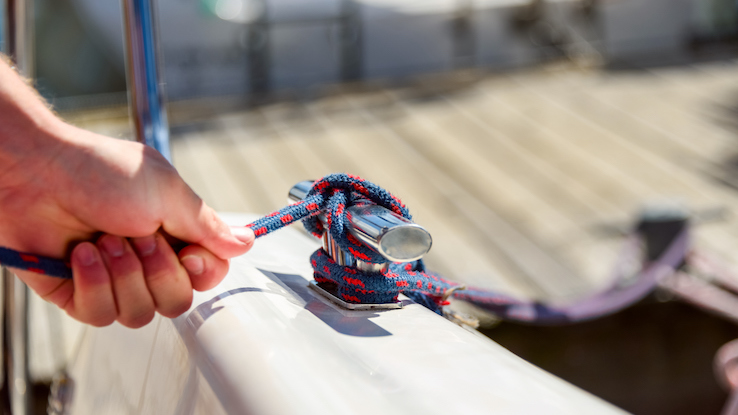
Insuring a boat against damage or theft is essential for all boat owners. However, it’s also critical to choose the right kind of boat insurance. Usually, there are two main versions to choose between: agreed value policies and actual cash value policies. Each of these options works slightly differently, and they come with different price tags.
What Are Agreed Value Policies?
Agreed value policies – also referred to as replacement cost coverage – are one of the primary types of boat insurance. With agreed value coverage, boat owners select a dollar amount for their policy. Typically, the amount is based on what it costs to replace their existing boat with a brand-new alternative that’s similar in size, shape, features, and operation. In that way, agreed value policies function as replacement cost coverage.
For example, if replacing your boat with a new one of the same make and model with the features your current boat includes costs $20,000, you could request an agreed value policy in the amount of $20,000. Then, if your boat is totaled or stolen and not recovered, your insurance company provides $20,000 (minus any deductible).
With this type of boat insurance, the insurer must agree with the value outlined by the boat owner. As a result, you usually can’t request coverage amounts above what it costs to purchase a suitable replacement based on your boat’s features and size. However, you can request a dollar amount below the replacement cost if you prefer, though this isn’t particularly common.
What Are Actual Cash Value Policies?
Actual cash value boat insurance policies offer coverage based on the boat’s value at the time of a covered incident. Pre-existing damage, wear and tear, and depreciation are all factored into the equation. As a result, this kind of policy typically pays boat owners less than the replacement cost, and the difference is potentially substantial.
For example, if your boat costs $20,000 brand new, but it’s several years old and is subject to depreciation, and has wear and tear, your policy won’t provide you with $20,000 if the boat is totaled or stolen and not recovered. Instead, if the boat’s fair market value at the time of the incident based on its age, features, and condition is $11,000, you’d receive $11,000 (minus any deductible) instead.
Actual cash value policies are more affordable since the insurer usually pays out far less for qualifying incidents. Applying is typically simple, but an appraisal is generally necessary to establish the value of your boat at the time of securing a policy.
Which Type of Policy Is Right for You?
Determining whether agreed value or actual cash value policies are right for you depends on a few factors. If replacing your boat after it’s lost or stolen with a new version is a priority, agreed value coverage makes that easier. However, you’ll pay more in monthly premiums since the coverage value is higher.
Generally speaking, boat insurance costs between $200 and $500 per year on average. Agreed value policies are almost universally more expensive than actual cash value policies from the same insurer. As a result, if you’re on a tight monthly budget, actual cash value coverage is potentially a better choice. Just keep in mind that you won’t receive enough from your insurer to buy a similar, brand-new boat in most cases, though a used boat in similar condition is potentially within reach, depending on your boat’s value.





